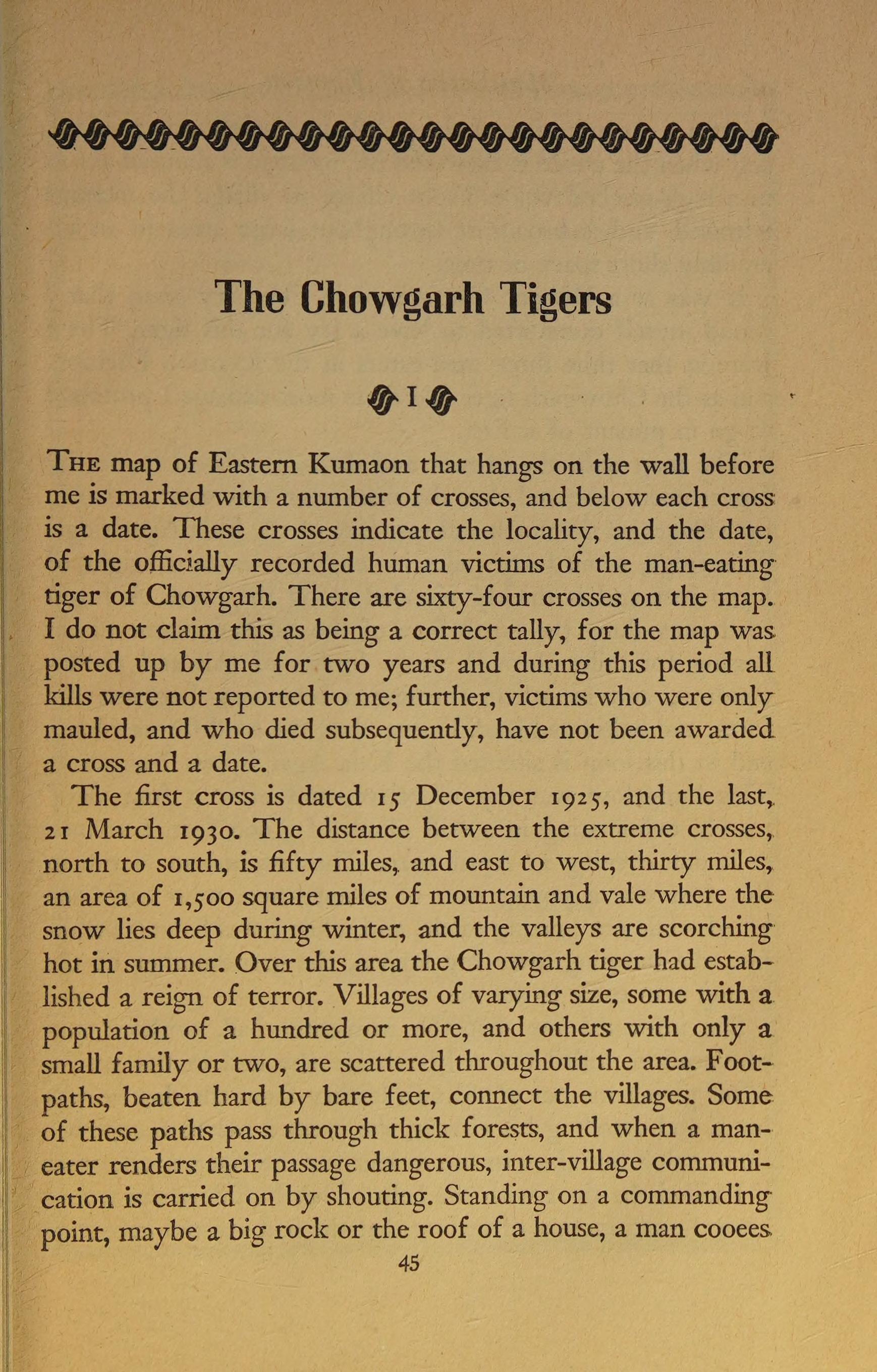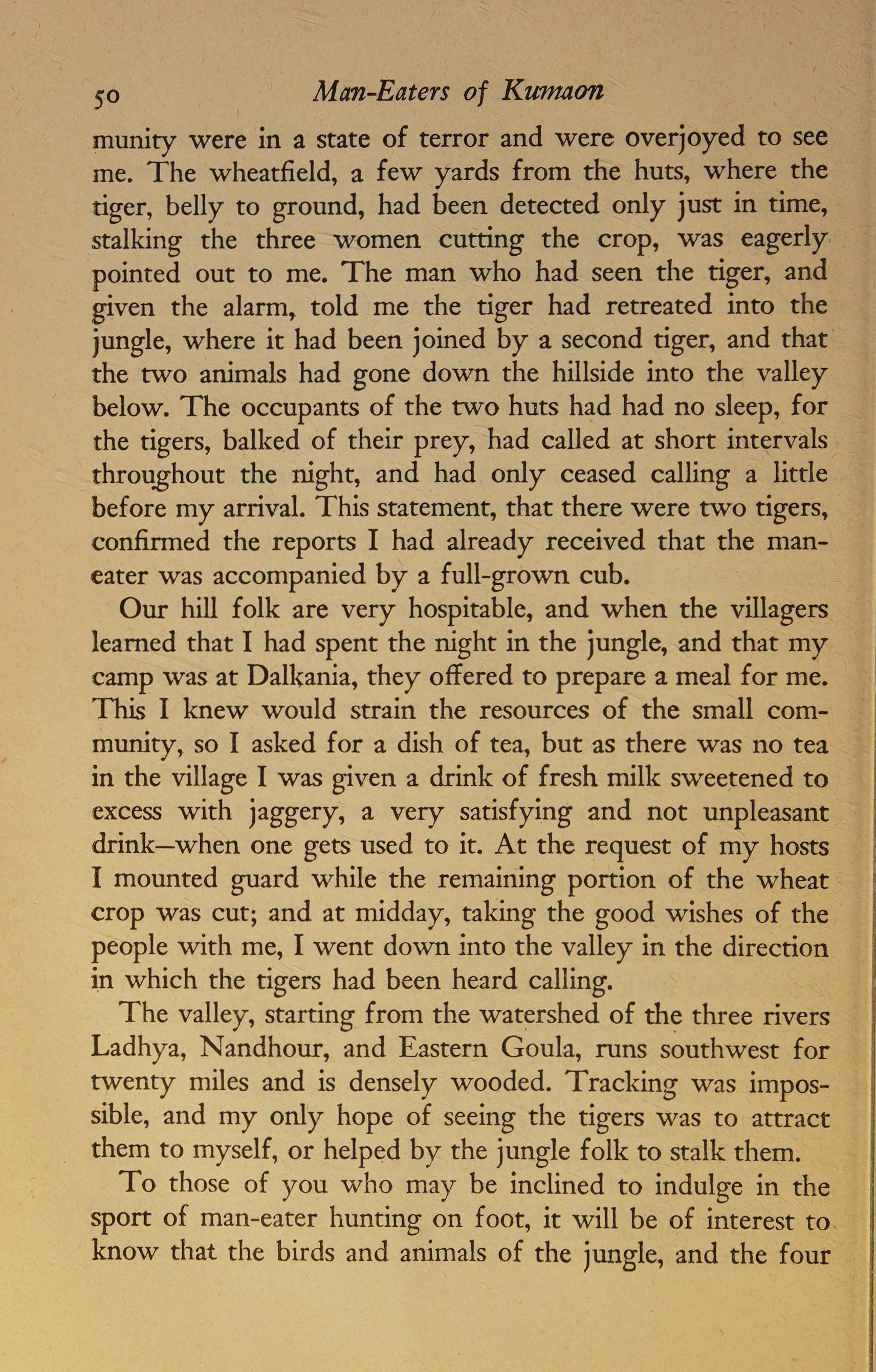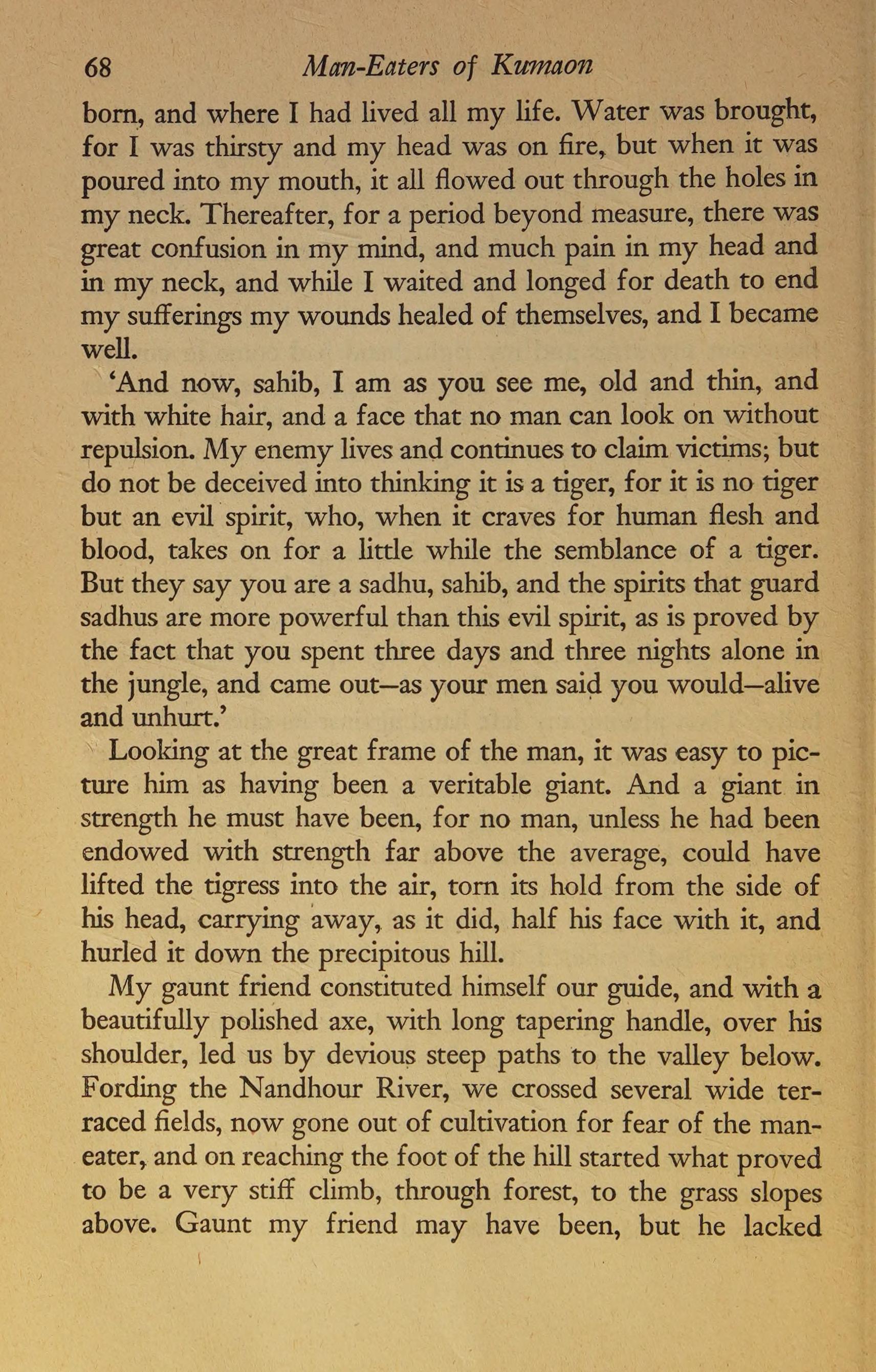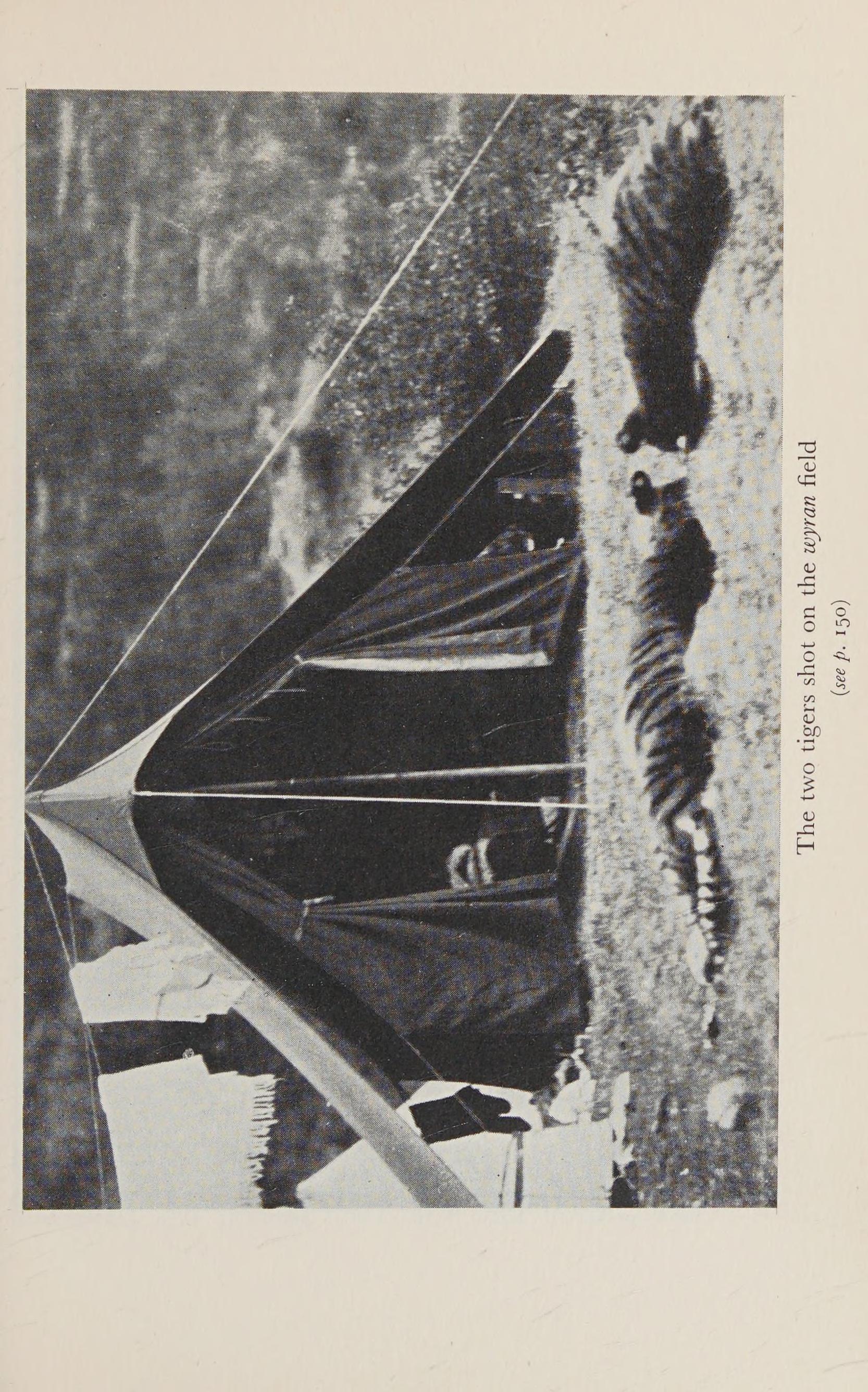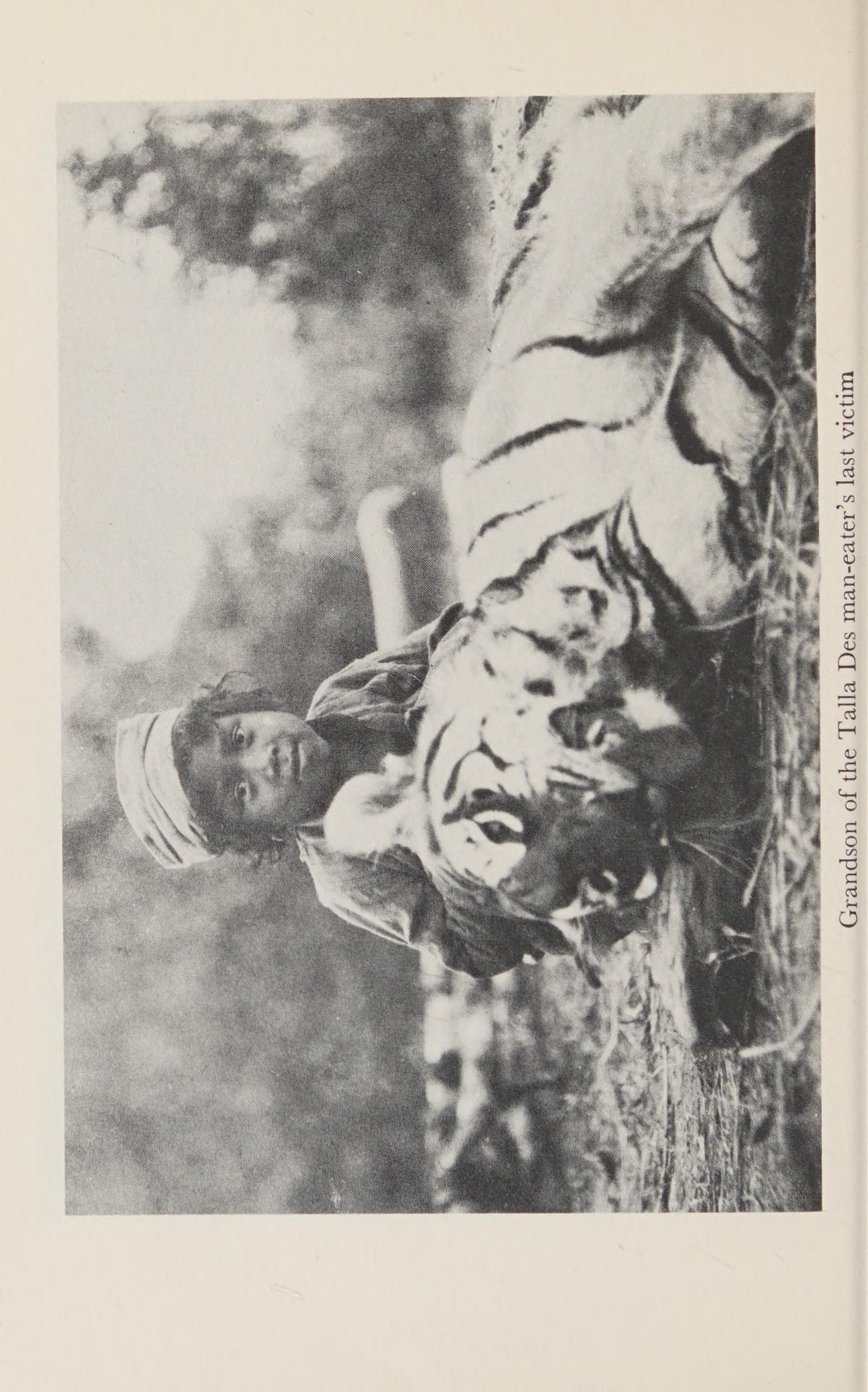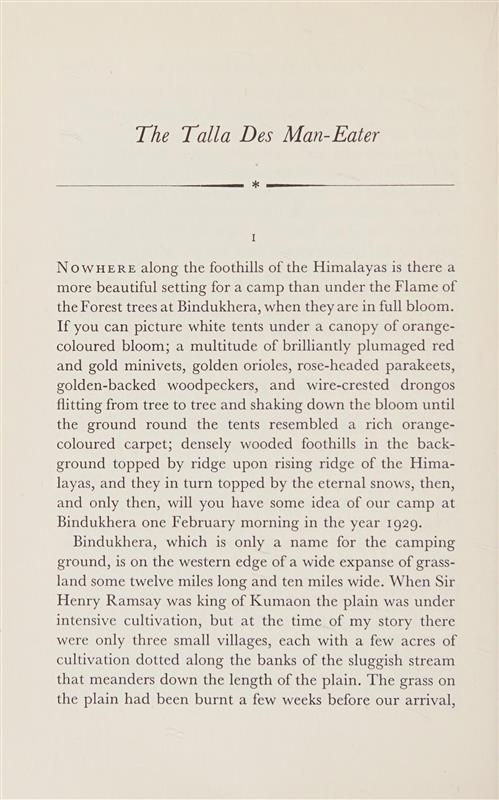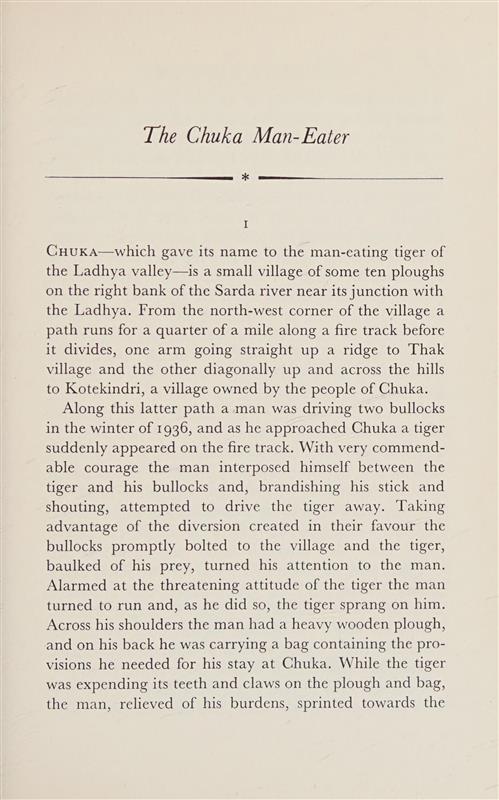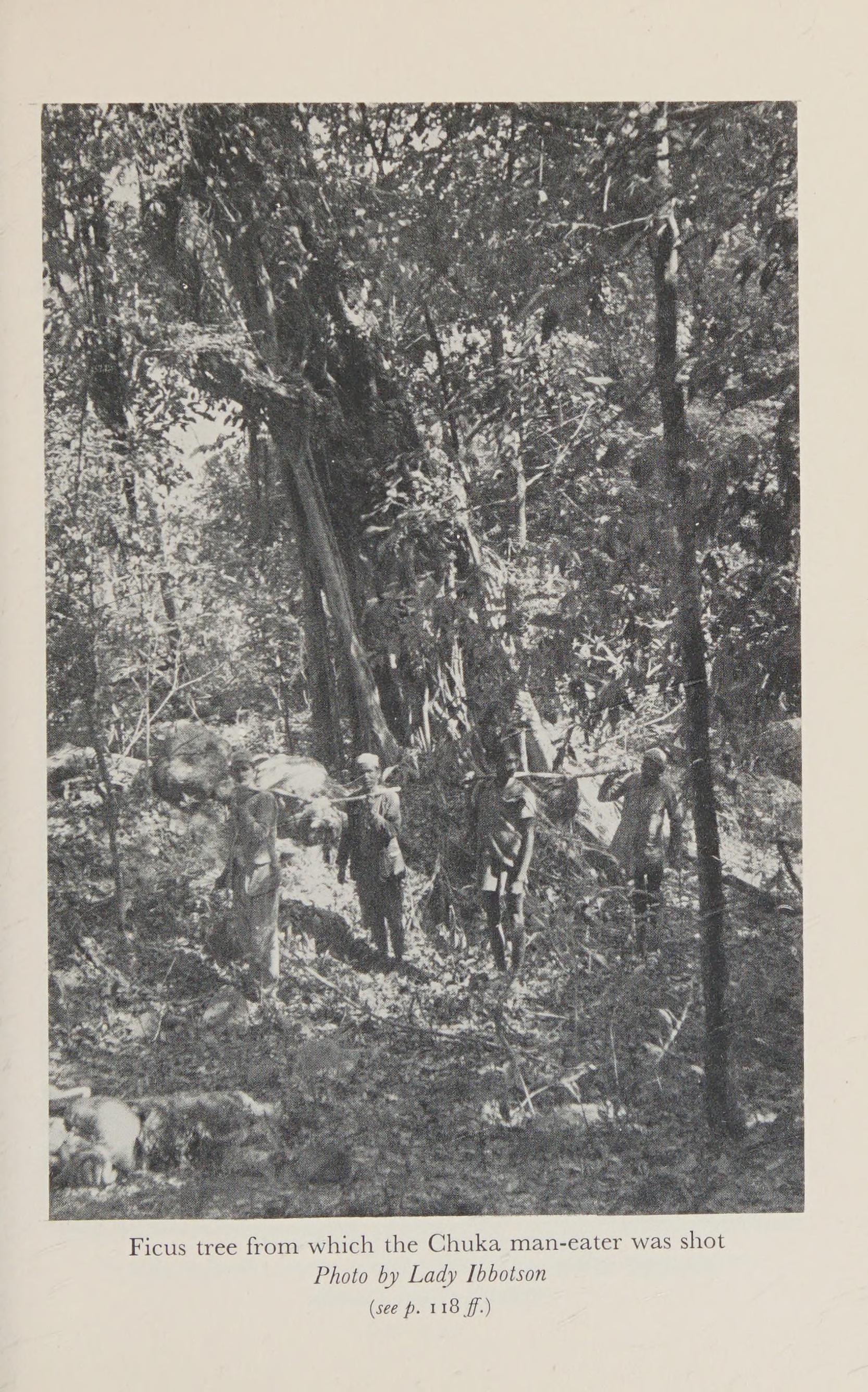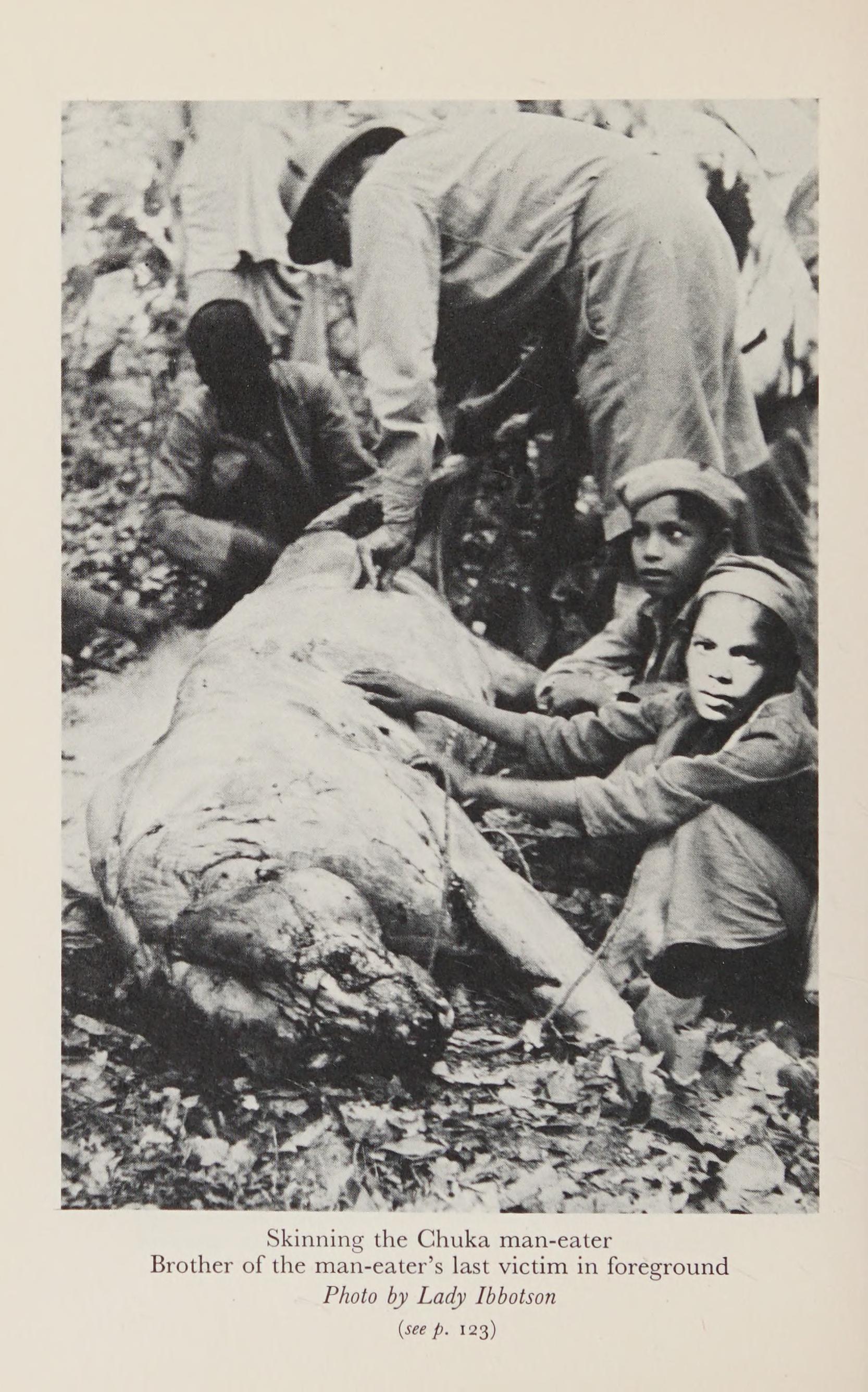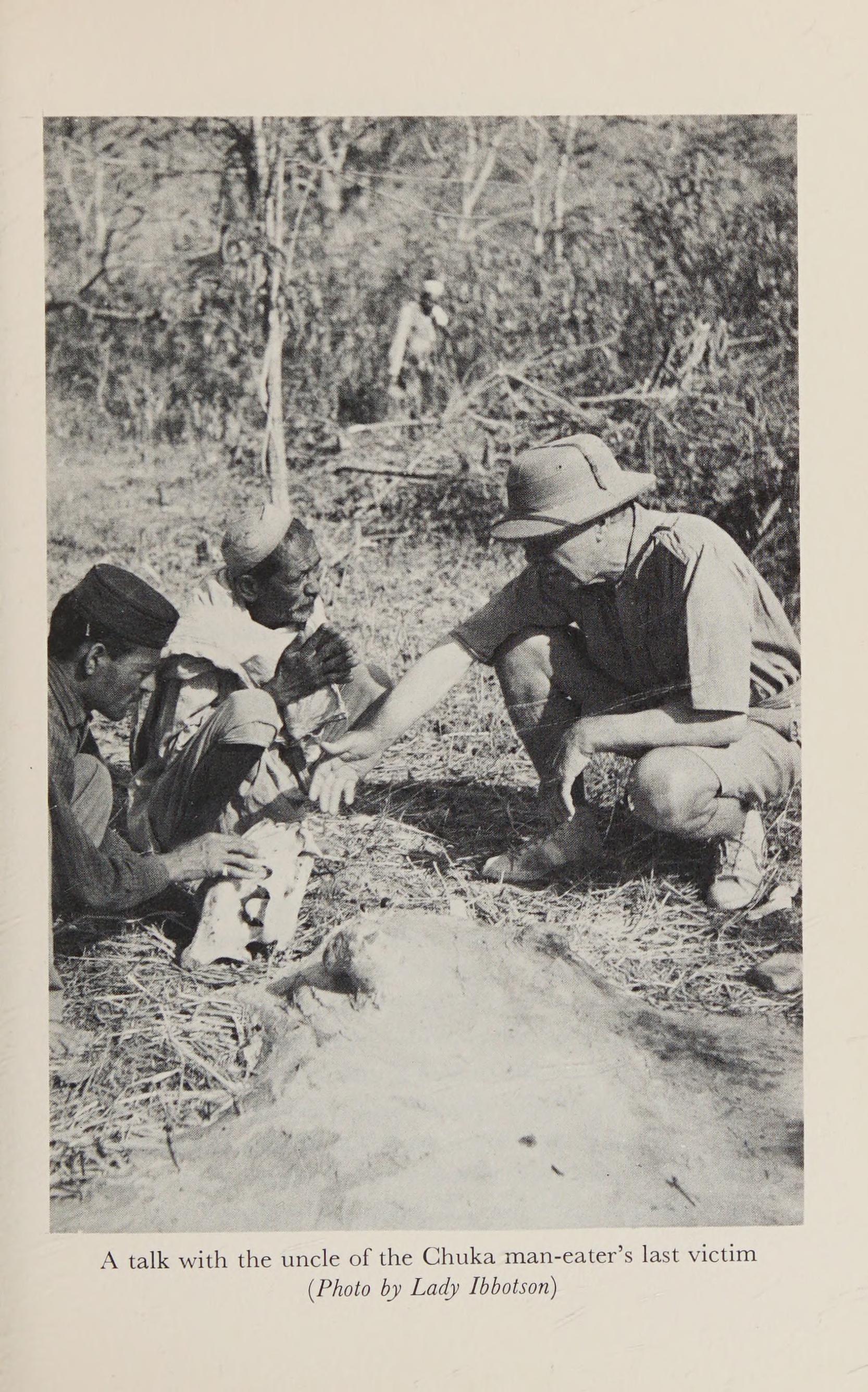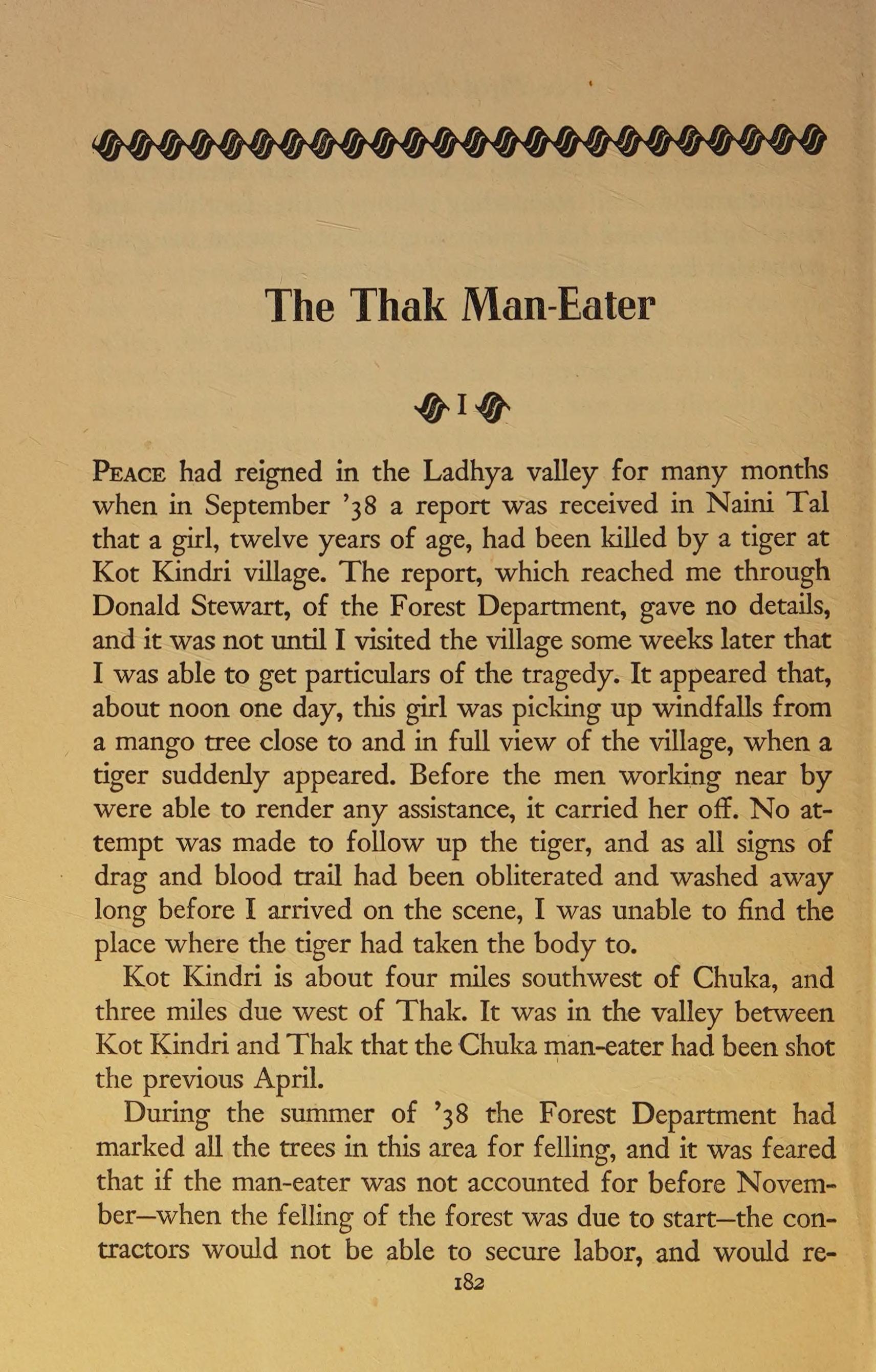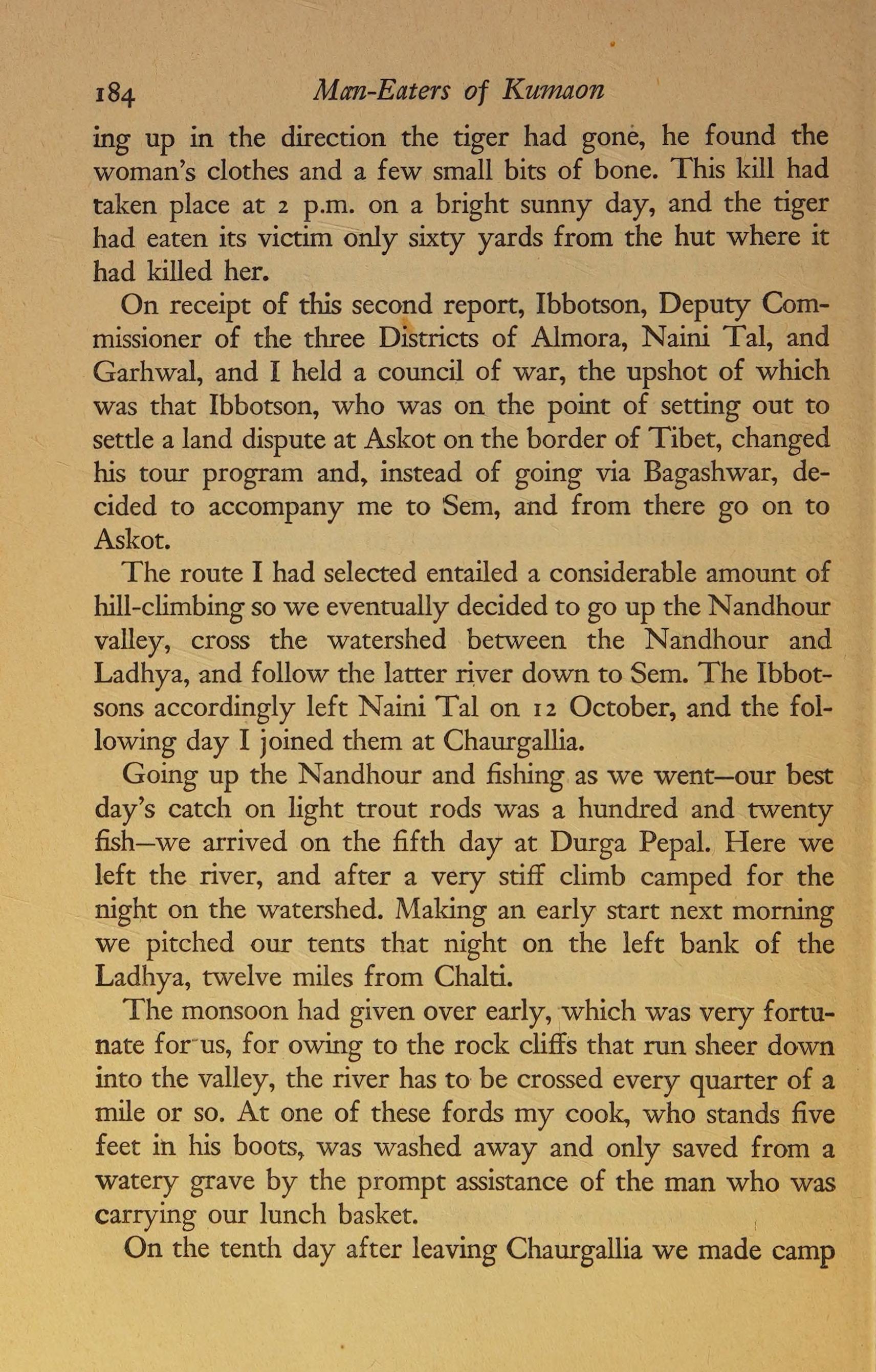Jim Corbett, the legendary hunter-turned-conservationist, spent a significant part of his life exploring and protecting the forests of the Nandhaur landscape. His deep connection with this region is vividly reflected in his writings, where he frequently mentions the dense sal forests, the rich wildlife, and the communities living in harmony with nature. The Nandhaur forests served as a crucial backdrop for many of his jungle experiences, offering both challenges and inspiration. Today, the Nandhaur Wildlife Sanctuary stands as a living legacy of Corbett’s early conservation ethos, preserving the wild spirit of a landscape he so passionately documented and defended.
Sarda and Ladhya Rivers Junction – The Temple Tiger and More Man-Eaters of Kumaon (1954)
In his 1954 book The Temple Tiger and More Man-Eaters of Kumaon, Jim Corbett vividly describes the lush, untamed beauty of the area where the Sarda and Ladhya rivers meet—a landscape teeming with wildlife and mystery. This remote and rugged terrain, lying near the Indo-Nepal border in the eastern part of the Kumaon region, served as the backdrop for several of Corbett’s later adventures and observations. Today, this very junction falls within or adjacent to the Nandhaur Wildlife Sanctuary, a critical part of the larger Terai Arc Landscape.
Chowgarh Tigers – Man-Eaters of Kumaon (1944)
In Man-Eaters of Kumaon (1944), Jim Corbett recounts the harrowing tale of the Chowgarh Tigers—a tigress and her cub responsible for multiple human deaths across the densely forested hills near the village of Chowgarh in the Kumaon region. These events unfolded in the upper reaches of what is today part of the extended Nandhaur landscape, near the Champawat district of Uttarakhand.
Talla Des Man-Eater Temple Tiger
In The Temple Tiger and More Man-Eaters of Kumaon (1954), Jim Corbett narrates his encounter with the Talla Des man-eater, a tigress that terrorized the remote villages of Talla and Des in the Kumaon foothills. These villages are located near the present-day Champawat district, falling within the broader landscape now protected by the Nandhaur Wildlife Sanctuary. The dense sal forests and rugged terrain where Corbett tracked the tigress are part of the same ecological zone that the sanctuary now preserves.
Chuka Man-Eater
The story of the Chuka man-eater, though lesser-known than some of Jim Corbett’s other hunts, is closely tied to the dense forests near the village of Chuka, situated along the banks of the Sharda River in the Terai region. This area, known for its rich wildlife and challenging terrain, lies within the current boundaries of the Nandhaur Wildlife Sanctuary. Corbett’s encounter with the man-eater in this region underscores the historical presence of tigers and the longstanding human-wildlife conflict in these forests. Today, the Chuka area forms an important part of the sanctuary’s core zone, now protected and managed as a critical habitat for tigers and other species, reflecting the shift from conflict to conservation in the very landscape where Corbett once walked.
Thak Man-Eater Tiger
The Thak man-eater, one of Jim Corbett’s most famous hunts, is detailed in Man-Eaters of Kumaon and took place in the forests surrounding the village of Thak near the India-Nepal border. This dramatic encounter in 1938 marked Corbett’s final hunt for a man-eating tiger. The dense forests and rugged hills where this hunt unfolded now fall within the buffer and influence zone of the present-day Nandhaur Wildlife Sanctuary in Uttarakhand.






